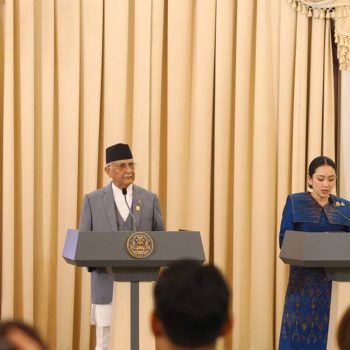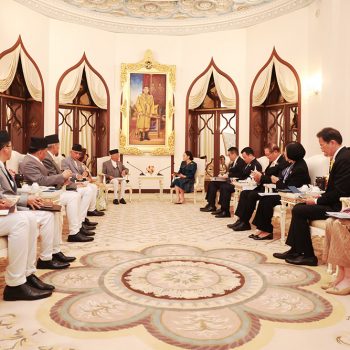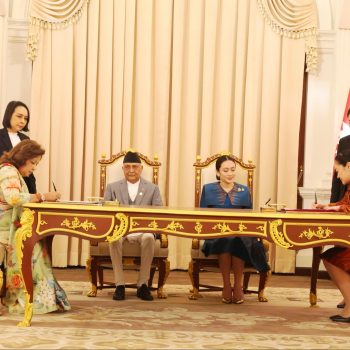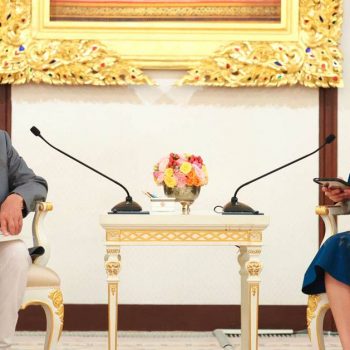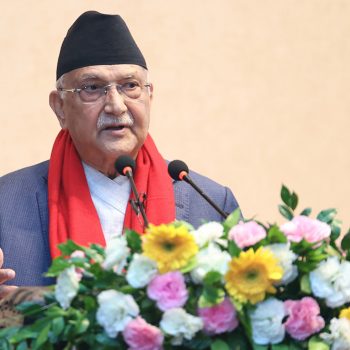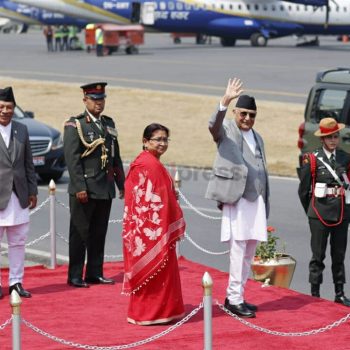Nepal’s debt reached Rs 1535 billion, adding Rs 600 billion in three years
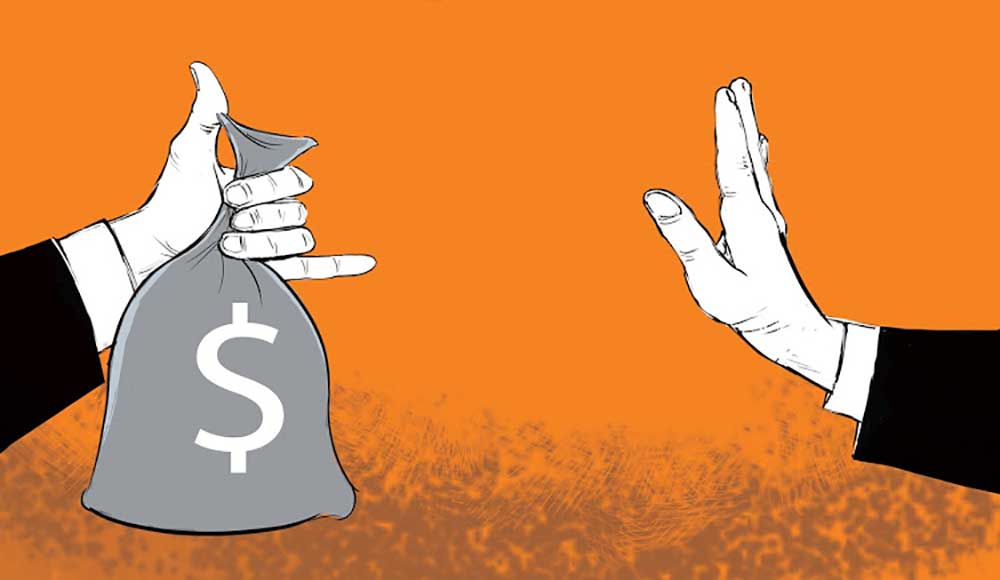
KATHMANDU: The deficit budget brought by the government every year is increasing the debt burden of the nation. New data shows that the KP Sharma Oli-led government has added Rs 618.26 billion in loans in just three years since its formation.
According to the Office of Public Debt Management, the total debt of Nepal till the end of the Fiscal Year 2074/75 was Rs. 917.30 billion. Out of that, foreign debt was Rs 526.20 billion and the share of domestic debt was Rs 391.20 billion. At present, the total debt has reached Rs. 1500.35 billion.
From FY 2075/76, it has increased by 67.39 per cent or Rs. 618.26 billion in the first six months of the current Fiscal Year. Compared to FY 2074/75, internal debt increased by Rs. 273.53 billion or 69.92 percent to Rs. 664.73 billion. Similarly, foreign debt increased by 344.82 billion or 65.94 percent to Rs. 870.82 billion. Calculating the debt burden of the nation in proportion to the population of the country, more than Rs 51,100 has been added to the share of each Nepali.
In the first six months of the current Fiscal Year alone, foreign loans of Rs. 64.68 billion and domestic loans of Rs. 51 billion amounted to Rs. 115.68 billion. The government had targeted to raise Rs. 524.50 billion through the internal budget and Rs. 299.50 billion external debt and Rs225 billion internal debt through the budget of the current fiscal year.
When this government was formed, the share of debt in the GDP has increased from 30 per cent to 35.71 per cent. According to the latest report of the Central Statistics Office, Nepal’s gross domestic product has reached Rs 3943 billion and 66 crores.
23 billion paid
The government has paid Rs 12.13 billion in the first six months of the current fiscal year and Rs 10.89 billion and 69 lakh in interest, according to the second quarter report of the Public Debt Management Office.
According to last year’s Public Debt Report, Nepal received the highest 47.9 per cent from the World Bank’s IDA, 33.8 per cent from the Asian Development Bank, 4.54 per cent from the Japan International Cooperation Agency, 3.27 per cent from the International Monetary Fund, 3.24 per cent from Exim Bank of China, and India’s Exim. The bank has borrowed 3.09 per cent from the line of credit.
Why is debt rising?
Developing or less developed countries borrow internally or externally to meet various needs, including development. While it is not wrong to take out a loan in itself, it is important to be aware of how to use it wisely.
Nepal’s current revenue collection cannot even support its current expenditure. That is why the debt burden is increasing every year. The government has to rely on debt to cover the deficit budget deficit.
There are problems such as non-compliance of donors, untimely completion of projects, increased corruption, malpractice of contractors, untimely completion of pre-construction preparations. Due to this, the loan has not been utilized properly.
After the country went into federalism, many responsibilities have been created on the part of the central government. Every year, the central government is required to provide conditional special and supplementary grants at the state and local levels through the budget. The cost of projects of national pride is increasing due to failure to complete them on time. Expenditure is on the rise as the government is ruthlessly unable to cut public sector spending.
In order to pay the interest on the loan taken by the government, a large budget has to be allocated every year. Unnecessary liabilities of the government, interest on loans, inability to maintain discipline in expenditure, the share of debt in the budget of each year is increasing rapidly.
Thus, on the one hand, the government has not been able to control the expenditure and on the other hand, the sources of revenue are drying up due to a lack of production, productivity and employment opportunities in the economy. Due to the lack of an increase in the range of revenue, the current revenue has been able to cover the current expenditure as well.
Last year’s global pandemic, COVID-19, and a nine-month-long embargo on its alert put the country’s economy in a precarious position. In addition to the challenges facing the COVID-affected economy in the coming days, there are challenges for the government to upgrade to a developing nation by 2026, achieve the goal of sustainable development and achieve the 15th Plan. As grants have been declining in recent times, Nepal has had to rely on loans to achieve those goals.
Experts say: ‘Debt crisis’ may come
Economists point out that even though foreign aid is indispensable for a country like Nepal, indiscriminate borrowing could lead to a crisis. He suggested taking loans only for big development projects.
The economist Dr Bishwa Poudel stressed even though the increase in domestic debt is not a big deal there is the need for the government to be aware of the rapid growth of Nepal’s foreign debt.
Poudel explained ‘Nepal is borrowing for infrastructure construction and reconstruction. It is good if it is put to good use. Development work cannot be done without taking a loan. However, it is not appropriate for us to take out loans for as little work as possible. Nepal’s foreign debt has increased rapidly. I think we need to focus on slowing it down, ”Another economist, Chandramani Adhikari, says that borrowing up to 45 per cent of GDP does not make much difference, but it has not been put to good use in Nepal.
“Nepal’s debt-to-GDP ratio now stands at 35 per cent. However, after taking a loan, it should be used properly. The loan should be able to collect revenue. This has not happened, ‘he said.
He says that every year after taking a loan, a budget should be allocated for the payment of interest.
“Even now, we have to allocate more than Rs 15 billion every year for debt servicing,” the official said. Because of this, the size of the budget has to be increased every year, ‘Adhikari explained.









